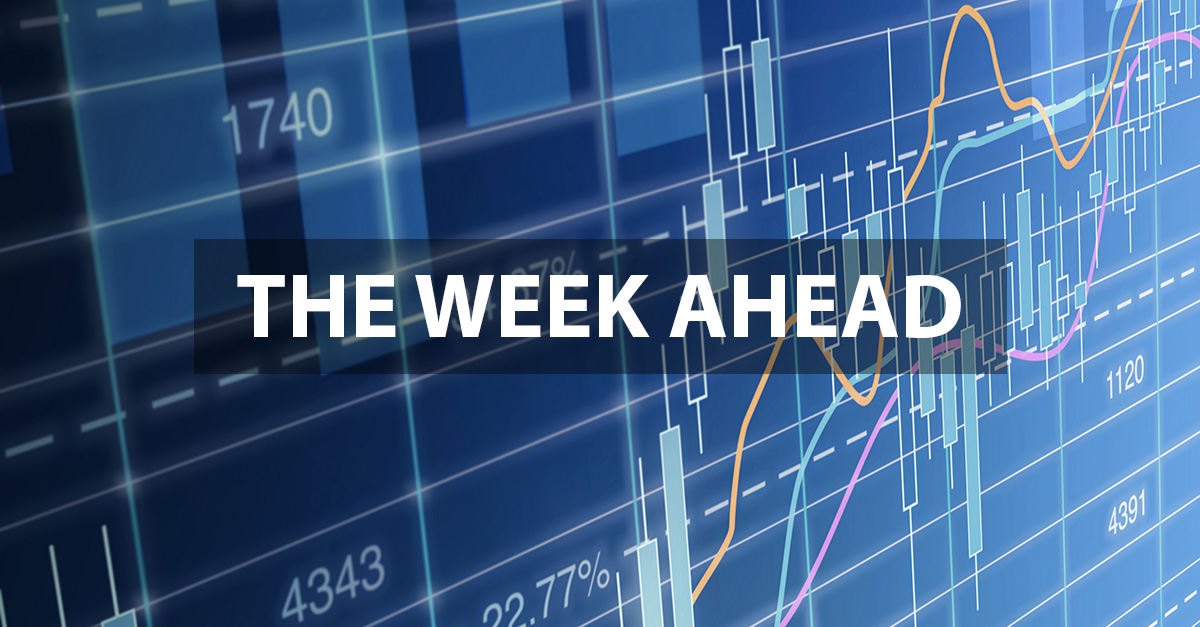Welcome to “The Week Ahead” where we take a moment to provide our thoughts on what we can expect in markets and the economy during the upcoming week.
I spent a good part of the weekend looking at the horrific images coming out of Ukraine. It is very difficult to accept that we have war in Europe in these modern times. Just goes to show you should not take either peace or democracy for granted. I am heartened to see the outpouring of support from most of the world in support for the Ukrainian people. The Ukrainians are inspirational in their resolve and bravery – I wish them well in this battle against tyranny. Slava Ukraini!
Clearly, the escalation in Ukraine is driving the bus when it comes to markets. The War has become a humanitarian disaster. Oil and other commodity prices have spiked to unprecedented levels, while the equity market has declined 10%. Markets are likely to remain very volatile as the situation in Europe continues to unfold. However, strong levels of investor pessimism (a bullish contrarian indicator) combined with very high levels of implied cash yield on stocks should put a floor on the downside.
Despite the geo-political news, there remain many powerful economic tail winds. The economy is quite strong and firing on all cylinders as evidenced by last week’s employment report. Retail surveys and employment agencies continue to report very positively. And, the Omicron variant of Covid-19 appears to be behind us, officially reaching the endemic stage according to the Chief Medical Officer of Moderna.
Given this overall economic momentum, a positive yield curve, rapid money growth, low interest rates, excess saving and continued economic re-opening; the odds of a recession remain low. Indeed, despite the market crash of 1987, the U.S. economy continued to power ahead. The Russian economy plunging in 1998 also did not stop economic progress. At the time, both of these episodes were not the end, even though many believed they were. Importantly, the yield curve did not invert – where long-term interest rates fall below short-term rates. These lessons from history are worth remembering.
The most critical data releases this week will be inflation, job openings and the budget gap. We estimate inflation rose 0.7% in February as gasoline prices soared. Unfortunately, we are likely to see the Consumer Price Index (CPI) touch 8% in coming months. The U.S. budget gap for February was probably an elevated $220 billion. Job openings for January likely fell due to Omicron. There are Treasury auctions this week; demand for U.S. Treasuries will be elevated as the global risk-off trade remains well bid.
Data deck for March 7 – March 11:
|
Date |
Indicator |
Period |
|
Mar 7 |
Consumer credit |
Jan |
|
Mar 8 |
NFIB small-business index |
Feb |
|
Mar 8 |
Foreign trade deficit |
Jan |
|
Mar 8 |
Wholesale inventories (revision) |
Jan |
|
Mar 9 |
Job openings |
Jan |
|
Mar 9 |
Quits |
Jan |
|
Mar 10 |
Initial jobless claims |
Mar 5 |
|
Mar 10 |
Continuing jobless claims |
Feb 26 |
|
Mar 10 |
Consumer price index |
Feb |
|
Mar 10 |
Core CPI |
Feb |
|
Mar 10 |
CPI (year-over-year) |
Feb |
|
Mar 10 |
Real domestic nonfinancial debt (SAAR) |
Q4 |
|
Mar 10 |
Real household wealth (SAAR) |
Q4 |
|
Mar 10 |
Federal budget deficit |
Feb |
|
Mar 11 |
UMich consumer sentiment index (preliminary) |
Mar |
|
Mar 11 |
Five-year inflation expectations (preliminary) |
Mar |



